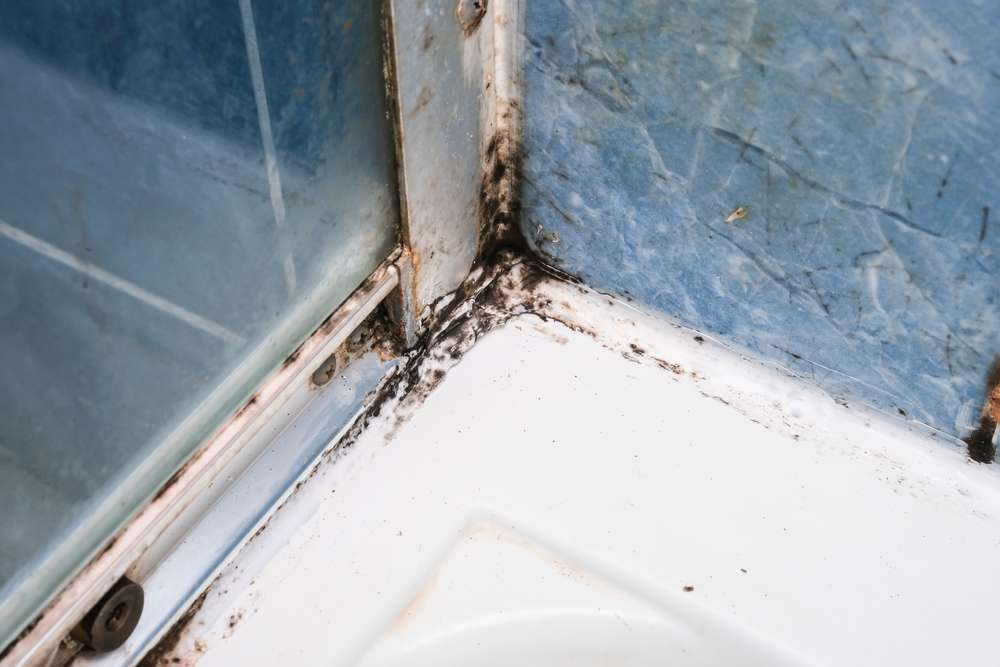Efficient ventilation strategies for small wet spaces
Small wet spaces require thoughtful ventilation to control humidity, protect finishes, and limit mold growth. Effective strategies combine mechanical ventilation, targeted waterproofing, and practical design choices that work within compact footprints. This article outlines principles and actionable steps for improving air movement, drainage, and long-term maintenance in confined wet areas.

How does ventilation reduce humidity and mold risk?
Proper ventilation directly addresses elevated humidity, lowering the conditions that allow mold to develop. In small wet spaces, install an exhaust fan sized for the room’s volume and use ducting that vents outdoors rather than into attics or crawlspaces. Consider continuous low-speed ventilation supplemented by higher-speed boost modes during showers. Mechanical ventilation paired with timed or humidity-sensing controls prevents long periods of trapped moisture. Combining airflow with thermal considerations—such as keeping surfaces warmer than the dew point—reduces condensation on fixtures and tiled surfaces.
What waterproofing and sealing steps help wet spaces?
Waterproofing and sealing are integral to keeping wet areas dry behind visible finishes. Apply appropriate membrane systems beneath tiles and around wet zones, and ensure transitions between floor and walls are thoroughly sealed. Use polymer-modified waterproofing where tiles and grout are present, and reinforce joints with proper tape or banding. Caulking around fixtures and between dissimilar materials prevents water intrusion and reduces hidden moisture buildup that can strain ventilation systems. Regular inspection of seals will reveal early failures that, if repaired promptly, protect finishes and indoor air quality.
How should tiling, grout, and drainage be coordinated?
Tiling and grout choices influence how a wet space manages water runoff and evaporation. Use low-porosity tiles and grout formulations designed for moisture resistance; properly cured grout and sealed joints slow water absorption into substrates. Sloping floors toward drains and sizing drain capacity appropriately ensures rapid removal of surface water. Pair floor drains with a reliable plumbing layout to avoid backups, and select linear drains or central drains based on floor layout and accessibility needs. Coordinating these elements during renovation reduces standing water, which lessens the load on ventilation systems.
What fixture and plumbing choices aid ventilation and moisture control?
Fixtures and plumbing can either help or hinder airflow and drying. Choose fixtures that minimize splash and direct water toward drains, and consider wall-mounted fixtures to reduce hidden cavities where water can collect. Plumbing vent stacks and trap seals should be inspected to ensure they do not create unintended pockets of humidity or odors. Position exhaust fans and intake pathways so that air moves across wet surfaces efficiently—ceiling or high-wall fan placement often works best for shower steam removal. Durable finishes around fixtures reduce the need for aggressive ventilation to combat ongoing moisture problems.
How can renovation and accessibility improve airflow?
Renovations are an opportunity to integrate ventilation with accessibility and sustainability goals. Openings, like taller door gaps or transfer grilles, can promote passive airflow without compromising privacy. During renovation, reroute ductwork to minimize bends and use smooth-walled ducts to reduce resistance. Accessible design—such as curbless showers—should include carefully graded floors and robust waterproofing to prevent pooling while enabling easier cleaning. Thoughtful placement of mechanical and passive ventilation features can reduce energy use by improving drying efficiency and enabling smaller fan sizes for the same performance.
What maintenance and sustainability practices reduce moisture problems?
Ongoing maintenance preserves ventilation effectiveness and supports sustainability. Clean and service exhaust fans and ducts periodically to maintain airflow and energy efficiency. Re-caulk joints, check grout condition, and replace failing seals before water reaches substrate layers. Use moisture-resistant paints and periodic inspections of hidden areas where water may migrate. For sustainability, select energy-efficient fans with appropriate sound ratings and consider heat-recovery ventilators if the small wet space is part of a larger ventilation zone; these systems can recover warmth while exchanging humid air. Regular monitoring of indoor humidity and prompt repair of plumbing leaks are cost-effective measures for long-term moisture control.
Conclusion
Efficient ventilation for compact wet spaces relies on a combination of correctly sized mechanical systems, thorough waterproofing, coordinated tiling and drainage, and proactive maintenance. Integrating ventilation planning with fixture selection, plumbing layout, and accessible renovation choices reduces humidity, limits mold risk, and protects finishes. A balanced approach—mechanical and passive measures, plus routine upkeep—delivers durable, healthier environments in small wet rooms.





